John Hurrell – 5 August, 2016
We don't often see South African photography in Auckland. The few examples I remember are Roger Ballen at St Paul St, and Pieter Hugo at Te Tuhi. Like Alfredo Jaar's recent show at Trish Clark's, Mlangeni's presentation helps Kiwi art audiences take a greater interest in African history, social themes and current affairs, lessening their infatuation with European and North American content.
Auckland
Sabelo Mlangeni
Heartbreaker
(part of Singular Pluralities ∞ Plural Singularities, curated by Misal Adnan Yildiz)
1 July - 27 August 2016
Using an unusual arrangement of dividing walls, dark purple paint and vertical mirrors to chop up and reassemble the space, South African photographer Sabelo Mlangeni in this show presents three mini-exhibitions of images: looking at communities of openly gay African men, often in drag; newly married couples (gay and hetero); and a Berlin park popular at night for cruising. With purple being a LGBT signifier (like the rainbow flag), the wall partitions providing privacy and close intimacy, and the mirrors opening up space and mingling/breaking down difference, it is a natty bit of exhibition design, with the three spaces both discrete and discreet.
The Country Girls section, of gay couples and individuals, is the largest, spread along the purple wall: nearly thirty images, many of which dwell on sociability and a community matrix. One is struck by how happy, relaxed and comfortable these guys are. Lots of smiles and laughter. Lots of dresses too. Obviously the photographer is a trusted friend.
With the Wedding section, the majority of the photographed married African couples are straight. The three mirrors are integrated with Mlangeni’s images so that one is left untouched, another has a separated (female) bride and a (male) groom superimposed, and the third has a heterosexual and a homosexual couple both superimposed. Looking at them you literally see yourself looking as well.
With the forested Berlin park, near the zoo in the Tiergarten district, Mlangeni documents in Garden of Eden not people, but traces of human sexual activity - outdoors at night. We see a ripped singlet lying in the leaves, an old mattress and a folded sleeping bag, a used condom on some tree roots, crumpled paper cups and tissues scattered around a stool. A secret world of desiring bodies is recorded for public view via various abandoned objects, but the narratives involve unknown faceless men. Only the skeletal structure of the activity, like performance ‘residue’ that remains after an event, is understood.
Mlangeni‘s imagery is beautifully printed with its dramatic contrasting of shiny dark skin and white matte clothing. Often there is a celebratory mood, with the work formally favouring angles that are not too predictable. We don’t often see South African photography in Auckland. The few examples I remember are Roger Ballen at St Paul St, and Pieter Hugo at Te Tuhi. Like Alfredo Jaar‘s recent show at Trish Clark’s, Mlangeni’s presentation prods Kiwi art audiences into taking a greater interest in African history, social themes and current affairs, lessening the dominance of European and North American art content.
John Hurrell

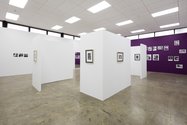
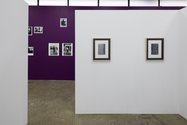
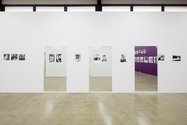
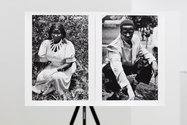
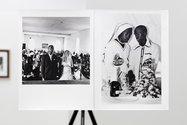
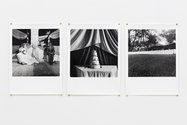
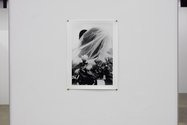
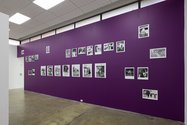
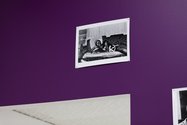
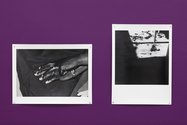
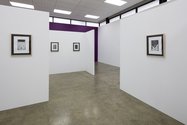
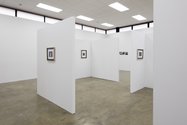
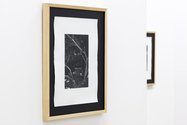
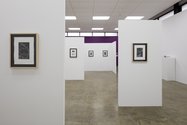
 Two Rooms presents a program of residencies and projects
Two Rooms presents a program of residencies and projects Advertising in this column
Advertising in this column



This Discussion has 0 comments.
Comment
Participate
Register to Participate.
Sign in
Sign in to an existing account.